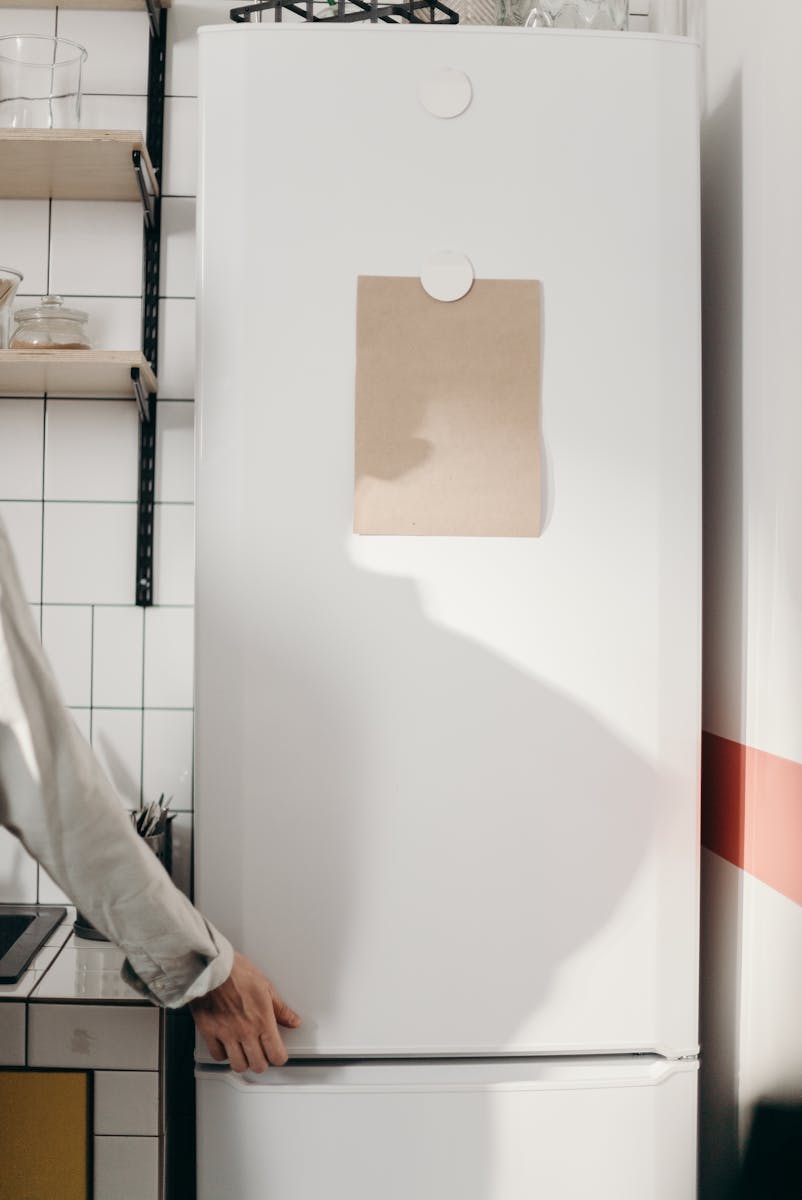Refrigerators, once seen as a luxury item, have become an indispensable part of our daily lives, designed to keep our food and beverages chilled and fresh for longer enjoyment.

How have refrigerators transformed through the years? While they’ve gained numerous features beyond their primary purpose, many users question whether they truly excel at keeping food cold and frozen, leading to a growing sentiment that today’s models aren’t as effective as those from half a century ago.
It is time to explore the history and evolution of refrigerators along with the pros and cons of different models and their features. Users who prefer old-school refrigerators are of the opinion that modern fridges are not as cool as they used to be. Do they have valid arguments?
The History and Evolution of Refrigerators
Invented by Thomas Moore in 1802, the icebox laid the groundwork for the refrigerators we know today, with original designs crafted by cabinet makers who created insulated cabinets to house ice blocks that preserved food for longer periods.
Innovations in cooling technology revolutionized refrigerators throughout the 18th and 19th centuries, moving away from ice. The early designs included bulky models utilizing compressed air, ammonia, and ether, primarily serving the needs of commercial industries.
Jacob Perkins applied for a patent in 1834 for the first domestic refrigerator. Households had to wait for a feasible energy supply. Domestic electricity was the key to making commercial refrigerators for households practical. Electricity was instrumental in making the home kitchen refrigerator a growing industry. GE, still a household name, introduced a model in 1911 that was the starting point of the evolution of the home kitchen refrigerator.

Mass production and competition in the 1930s made refrigerators more affordable and popular. Innovations in features coupled with distinct colors, designs and shapes offered consumers a choice. The introduction of automatic defrost, a separate freezer door, a crisper drawer, and the butter holder were innovations in the evolution of the home fridge.
Refrigerators became more sophisticated and convenient in the 1950s and into the 60s. Catering to the modern era features such as the ice maker, a water dispenser, adjustable shelves, and door storage were added attractions to the newer models of fridges.
Moving through the 1970s and 80s, refrigerators were more versatile and customizable. Options included the side-by-side doors. Models featured the option of a bottom, top or French door freezer. Fridge panels became more intelligent and interactive with digital controls, temperature sensors, and alarms.
Refrigerators embraced the technology era in the 1990s through the 2000s. Innovative refrigerator tech included the LCD screen and internet connections. Fridges were adapted to the internet-social media-digital-smartphone era of remote control and camera monitoring. Larger capacities, better layouts, energy-efficiency and environmentally safer refrigerant propellants became selling points of the latest models.
As government regulations and environmental concerns shaped the types of refrigerants used and energy consumption in these essential appliances, today’s refrigerators may boast stylish designs and features, but do they still fulfill the core mission of keeping our food fresher for longer?
The Pros of Modern Fridges:
– Energy efficient and eco-friendly.
– Refrigerants emit less greenhouse gases.
– More options for functional user friendly needs and preferences.
– Aids in preventing bacteria growth with more effective seals and hygienic interiors.
– Aesthetic and stylish offering a choice that matches many decors.
The Cons of Modern Fridges:
– Expensive and complex to service and repair
– The tech is more apt to malfunction and breakdown due to the electronic components and software.
– Fridges are vulnerable to hacking and privacy issues with the internet connection and the camera.
– Modern fridges generate tons of e-waste.
What are the Benefits of Old School Refrigerators?
Modern refrigerators come with their own set of advantages, yet many individuals still lean towards the charm of vintage fridges for a variety of reasons:
– They are simpler and easier to repair and service.
– They were made to be durable often lasting decades with proper care.
– They are a nostalgic sentimental throwback to a simpler life.
Comments from users who favor the old-school fridges include:
– “My old fridge has been a reliable companion for 30 years, providing ample space and consistent cooling without any frills. I don’t need a fridge that talks back or takes photos; I just want one that does its job well.”
– “My grandma’s fridge from the 50s is the best. Its retro design and gorgeous color bring so much character. It not only has a separate freezer door and a butter conditioner but also holds countless family memories—it’s more than just an appliance; it’s a cherished heirloom.”
– “I can’t stand modern fridges! They’re overly expensive and complicated, packed with buttons and screens that often malfunction and require constant updates. It feels like they’re spying on me and selling my data instead of just being a simple fridge.”
The Fridge from Past to Present and Back
Since their invention in the 1800s refrigerators have become more efficient, functional, hygienic, and aesthetic. Not every user is pleased with the changes in the evolution of the fridge. There are people who prefer an old school fridge because of their simplicity, durability, nostalgia, and practicality.
Choosing between modern and vintage refrigerators boils down to personal preference, budget, and style. Ultimately, regardless of which fridge you own, the best way to maximize its utility is to fill it with nourishing and delicious food.
Related posts:
How Has the Refrigerator Changed Our Lives? – The Classroom
| FOOD After 50 years how did we manage to make refrigerators less useful?
After 50 years how did we manage to make refrigerators …





